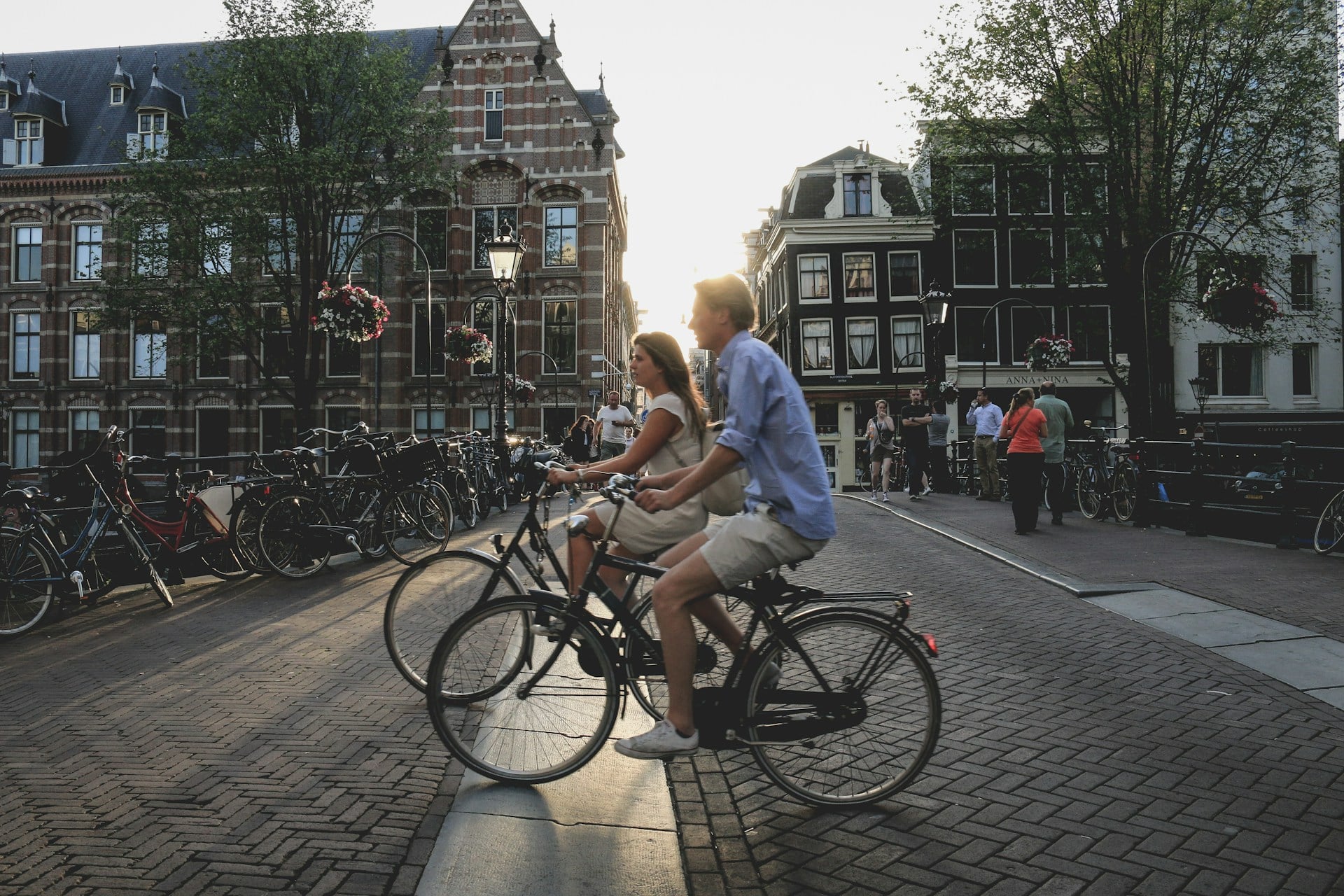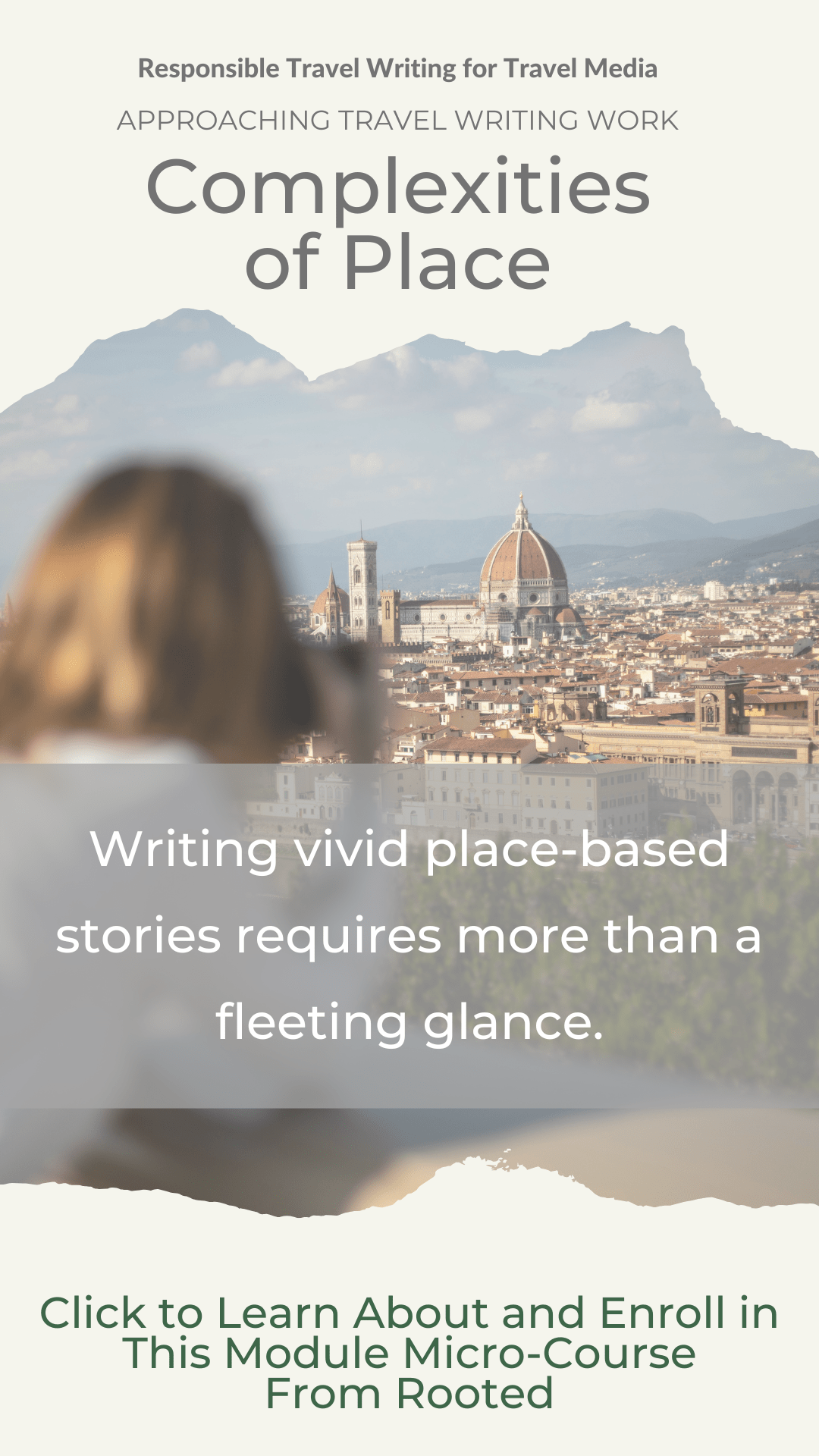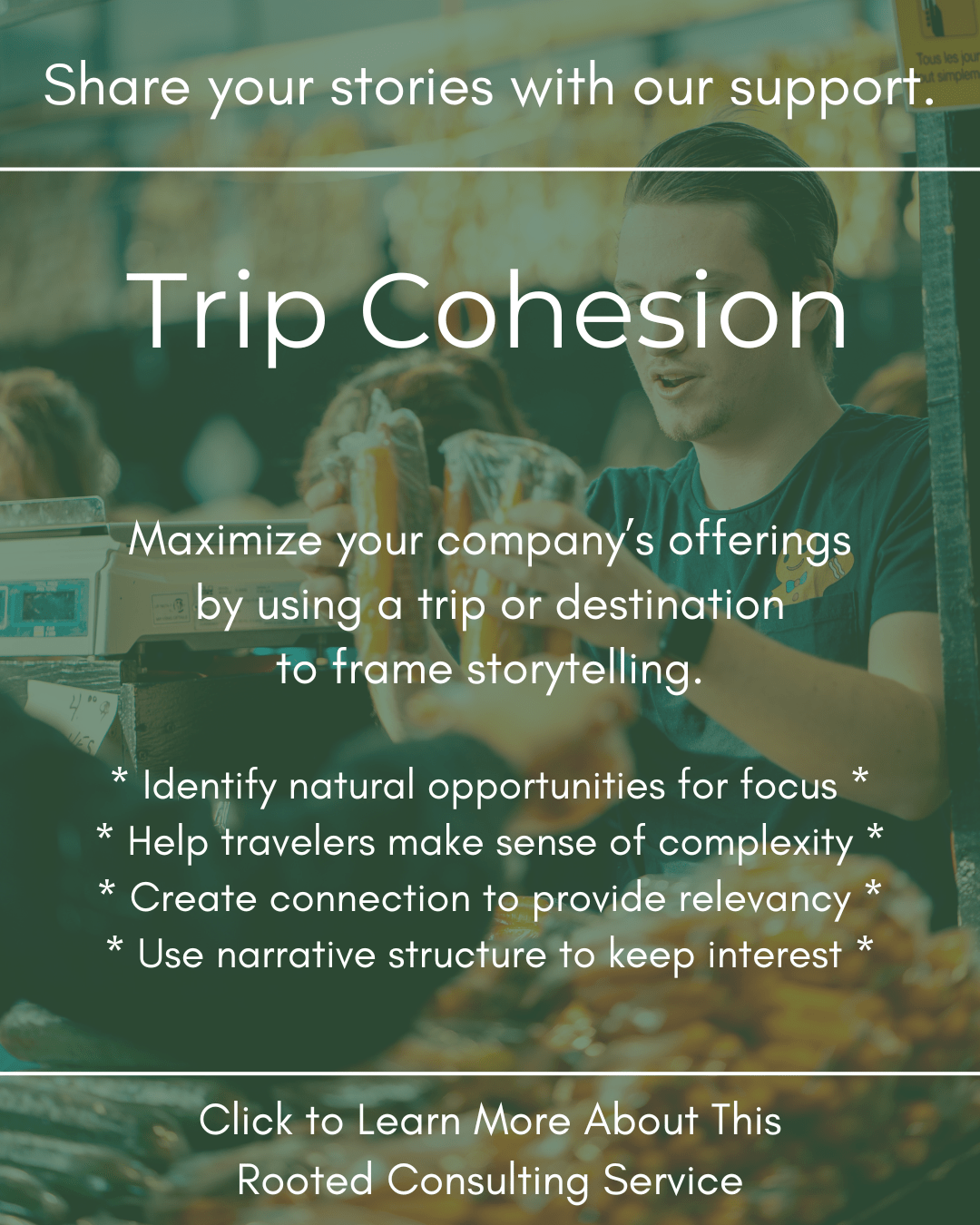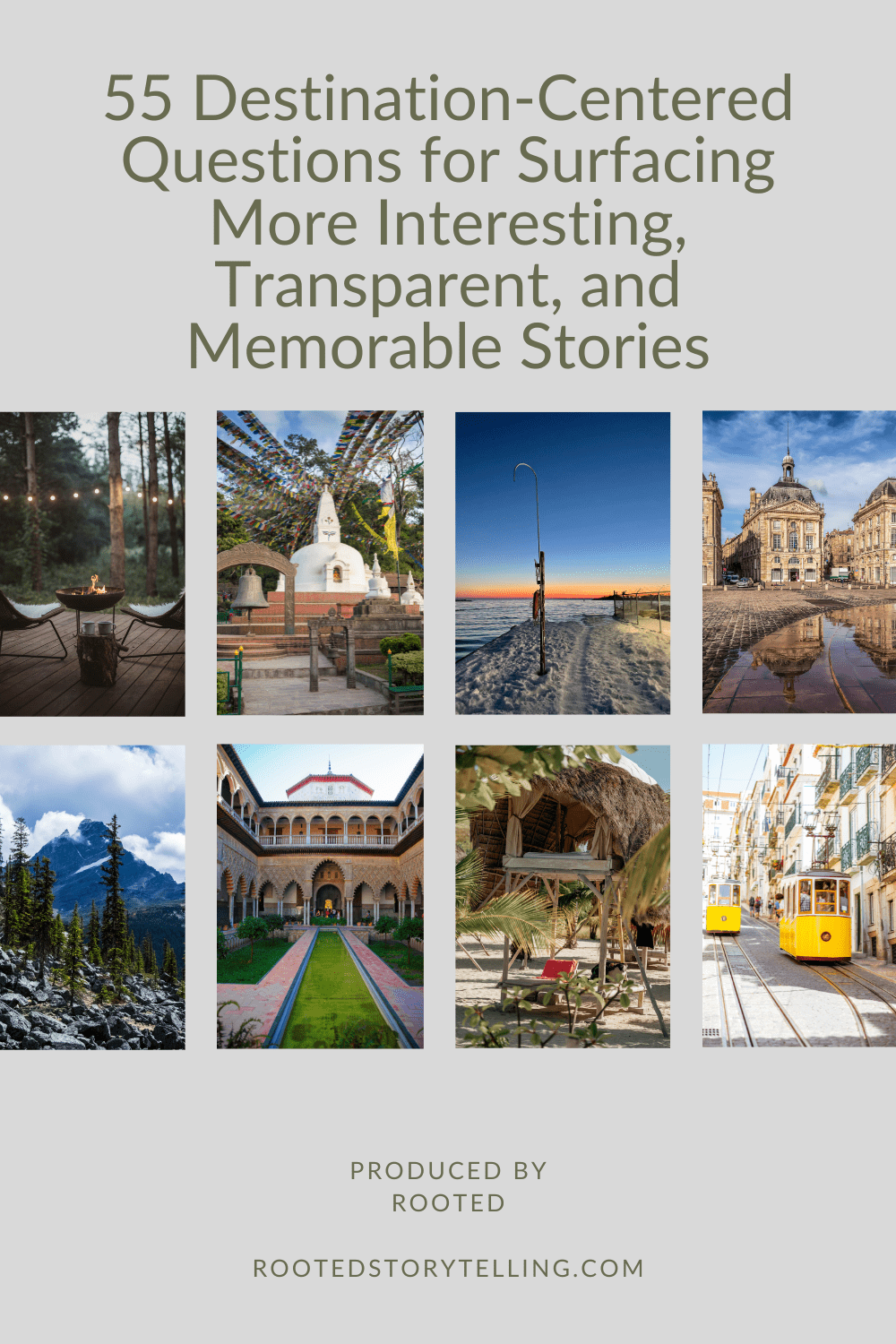From bustling street markets and cafes with tables spilling onto the sidewalk to central squares filled with vendors and popular sites like museums and monuments, the vibrancy of cities knows no bounds. They are awash in sounds and smells, colors and conversations in languages and dialects from around the world.
For many travelers, the energy of cities combined with the abundance of activities and attractions is reason enough to visit. For other travelers, the overstimulation of cities is too much — too loud, too busy, too overwhelming. Regardless of how they feel about any particular city — or their opinion about urban spaces in general — most travelers will end up visiting cities, if for no other reason than to pass through on their way to other places. According to the World Travel and Tourism Council (WTTC), urban tourism visitor spending is increasing, even as people actively seek experiences away from crowded tourism hotspots and in less commercialized areas.
This poses a key question: How can we take advantage of cities’ greatest assets and make them more palatable and interesting for all visitors — whether they are just passing through or plan to stay awhile?
Using Urban Tourism to Advance Sustainable Development in Cities
Before jumping into the development, marketing, and execution of city-based tourism products, services, and experiences, it’s necessary to take a “big picture” look at the challenges and opportunities within any given city.
In the rush to cater to fly-by visitors, it’s easy to forget cities are, first and foremost, places where people live. In fact, 60% of the world’s population is expected to live in urban areas by 2030. This means that, at their core, cities must be places that are accessible, safe, enjoyable, and inviting for both residents and tourists.
Instead of thinking about tourism as something that happens in cities, we should reframe urban tourism as something that supports and even enhances cities. In this way, tourism contributes to urban solutions for sustainable development instead of burdening cities with their presence.
This is why it’s so important to build strong partnerships and collaborations among city planners, governments, the private sector, destination representatives, and tourism-specific product, service, and experience providers. It is also why a local, place-based focus should be centered in sustainable tourism development rather than scalability and one-size-fits-all growth strategies. Perhaps travel in cities is inevitable, but that’s an even more compelling reason to include local residents in conversations about how they want tourism to show up in their community and what can be done to ensure it supports their basic needs like access to healthcare, education, job security, affordable housing, and a high quality of life.
There is a great opportunity for the tourism industry to support small businesses and work with under-represented and -visited neighborhoods that aren’t currently on tourists’ radars. While they may have products, services, and spaces of interest, many business owners don’t know how to share their stories or package their offerings so they appeal to tourists. Programs like New York City’s Tourism Ready program is an excellent example of a destination actively helping businesses become “tourist ready” with content and coaching on marketing, pricing, and connecting with the travel trade.
Giving locals a voice in tourism efforts woven throughout a city and using tourism to support a wide web of neighborhoods and communities is also a home-grown way to generate organic marketing. According to research conducted by Stackla in 2019, 86% of people became interested in traveling to a certain destination after seeing social images from friends, family members, or peers. People who are excited and care about their communities are natural brand ambassadors eager to share about the places they call home. Put another way, these are priceless ongoing influencer campaigns destinations shouldn’t overlook.
How to Promote Successful City Tourism: A Few Best Practices
Unfortunately, many cities have notoriously become synonymous with overtourism, overcrowding, and gentrification. As a result, they’re increasingly considered places to avoid when the goal should be to use tourism as a way to enhance them into pleasant places to be.
Successful integration of urban planning and tourism is far too complex to detail here. Nonetheless, there are several issues worth considering when promoting city travel and thinking about how tourists move through urban spaces, specifically keeping these key challenges in mind.
Encourage Shoulder and Off-Season Travel in Popular Cities
Despite their often large physical size, when the capacity to hold people is overstretched, there’s no way to create more room. One of the best anecdotes to this problem is to encourage travelers to visit throughout the year instead of the popular high season.
Weather often plays a role in determining when “high season” occurs, but as the climate becomes more unpredictable and wreaks havoc across the globe, it will become more important than ever to find compelling reasons for people to visit regardless of the season. For example, ski resorts with shorter seasons can become hiking destinations in the summer, and popular summer beach destinations, such as Virginia Beach (Virginia, USA), are ideal for bird watching in the fall and winter.
A note of caution: Before promoting a destination for off-season tourism, ensure the necessary infrastructure is available for tourists and/or clearly communicate any restrictions that could dampen their visit. There must be accommodations for travelers to book. Dining facilities need to be open sufficient hours and with a wide enough range of menu options (vegetarian/vegan, allergen-free, etc.) to meet travelers’ needs. If attractions and sites have limited hours, let that be known, and make sure facilities like public toilets are available as well.
Off-season travel can be a huge benefit to the year-round economic vitality of a place, and it can make for a much more enjoyable traveler experience. It’s never necessary for a place to go over the top to cater to every travelers’ specific desire, but if a city isn’t ready to host guests at certain times of the year, don’t promote it as such.
Manage Visitor Flows to Help Travelers Move Through Cities with Ease
Bottlenecks and congestion in cities are frustrating and unenjoyable for everybody. They can also largely be avoided by using one of the many tools or strategies that keeps people moving in an orderly fashion through attractions and around cities.
Many popular European museums and attractions now use ticketing systems. And some destinations — including Venice, Italy; Iriomote in Okinawa, Japan; Maya Bay, Thailand; and Lord Howe Island, Australia — have implemented combinations of entry fees and visitor caps to keep tourism at bay with varying results.
There are other ways to tackle this challenge, though: In Florence, Italy, for example, the FeelFlorence app has real-time tracking data that alerts both residents and visitors of busy areas so they can be avoided.
Prioritize Pedestrians and Accessible Urban Transportation
A lack of public transportation options is one of the challenging aspects of creating city spaces so people can easily move around. Cities with bumper-to-bumper traffic result in lost time and money, increased pollution, and conditions that just aren’t appealing to anyone.
When cities have clean, safe, and accessible public transportation options, it’s far more appealing for visitors to journey further afield than the most popular tourist hotspots. These processes should be straightforward and simple: Ideally, people can easily jump from one type of transport to another without having to pay extra fees. At the very least, make it possible for people to visit anywhere in the city for a single fare versus implementing complicated systems with zones and surge pricing. Luxembourg has developed the ideal situation: All public transportation networks are free for everyone all the time.
Similarly, cities should be walkable and city centers should have ample pedestrian-only zones. Lots of cities implemented these areas during the global pandemic lockdown. Luckily, many have kept them in place: Paris is becoming closer to a car-free city every day with 500 streets closed to traffic and an estimated 10,000 parking spots removed.
Rethinking Urban Tourism: 7 Innovative Ways to Present Travel in Cities
Addressing the logistics that underpin appealing urban environments is a great start for creating city-related travel experiences that people enjoy rather than avoid. Taking this one step further, it’s even better if you can foster the conditions that create spaces people want to return to for multiple visits.
It is far cheaper to attract a return traveler than a new traveler, so many destinations find that investment in developing customer loyalty to be worthwhile. But convincing a traveler to return to the same destination versus a new one is an entirely different situation than convincing a loyal customer to buy a second pair of shoes. This is where tapping into a city’s unique features and finding new approaches for promoting tourism can be particularly advantageous
Highlight the Unexpected, Underrated, and Less-Visited Parts of the City
Put a fresh twist on a city’s stories — led by locals — by centering parts of the city that don’t often get any tourism love. This helps build community pride and disperses crowds from concentrating in a few areas while also enticing return visitors eager to find a “new” way to visit a favorite destination.
As travelers seek “authentic” experiences, you may find it’s often the businesses and attractions that don’t have marketing budgets — and creators and changemakers who are more focused on their work than attracting travelers — that surface those new city-specific memories.
Give these overlooked and underreported corners a bit more love on destination websites and marketing materials. Brussels has done a nice job of this with its interactive Explore Brussels’ Neighbourhoods map.
Think Creatively About How a City’s Unique Assets Can Be Explored
Many people will seek out the known and expected the first time they visit. But what happens if you help guests flip their pre-conceived notions about how a city is supposed to be visited — either during their first visit or on subsequent visits?
Instead of getting around Amsterdam by bike, what would it be like to travel by boat? If people visit Kyoto for cherry blossoms, what is interesting about the city six weeks after the blossoms die? In London, for example, there’s consideration about what’s on offer beyond the typical daytime touristy hours with a strategy capitalizing on the city’s assets after dark.
Complicate the City’s Narrative With Unexpected Stories
Too many travelers get their version of your city’s story through a sanitized filter. That filter is in place through your destination’s website, travel articles, influencer social media posts, and in other mainstream ways.
Yet, travelers are increasingly interested in having meaningful experiences when they travel, and that includes learning about the hidden, mundane, messy, and hard parts of a destination’s story. Instead of shielding them from these stories, encourage travelers to learn from and grapple with the multiple identities and complexities your city is built upon.
This invitation often comes in the form of alternative tours, which surface new and unusual ways of approaching a city. Great examples include experiences offered by:
- Green Fashion Tours, which addresses issues related to ethical fashion, consumer culture, and the circular economy throughout Germany.
- Turnstile Tours, which explains how New York City works and runs, from its factories to food systems.
- A Tour of Her Own, which focuses exclusively on various aspects of women’s history in Washington, D.C.
Amplify Local Storytellers Who Embody a City’s Diverse History, Culture, and Issues
Who best to tell these stories than the locals? Seek out those people who don’t normally tell your destination’s story — that is, the people who don’t fit the dominant narrative. This is a powerful opportunity to promote and support small businesses, changemakers, and initiatives that are represented by marginalized populations.
Increasingly, there are social initiatives and community groups offering city day tours, cooking classes and other cultural experiences, and citizen science projects that are eager to welcome travelers into their fold. Examples include:
- Mott Street Girls, a team of five women committed to making Chinese American history and culture more accessible to everyone.
- Migrateful, which offers cookery classes led by refugees and migrants.
- The city walk tour offered by Salaam Baalak Trust in Delhi, which is led by former street children.
Integrate Creative Spaces Into the Tourism Experience
Just as cities go through cycles, the buildings within do too. But what cities do with abandoned buildings has the opportunity not only to keep them from falling into disrepair but can also inject vitality and economic stimulus into destinations.
If possible, it’s in a community’s best interest to reuse old buildings and breathe new life into them through adaptive reuse — the process that changes a disused or ineffective item into a new one that can be used for a different purpose. And when the new use can be positioned in a way that entices travelers, it offers a chance to tell a multifaceted and interesting story about the destination.
There are excellent examples of adaptive reuse all over the world. Personal favorites include:
- Igreja de Santiago, a 12th-century church in Óbidos, Portugal, rebuilt in 1772, that is now a bookstore.
- Toronto’s Distillery District, a former distillery that is now filled with artist studios, shops, and entertainment spaces.
- The Las Vegas Mob Museum, which is appropriately housed in the former courthouse and post office building.
- The Portuguese Photography Centre in Lisbon, which is a former prison with many curious designated areas, such as the section where “people of status” were kept who only had their rooms locked at night.
Reimagine Transportation as a Part of the Destination Story
While transportation should be as seamless as possible in moving people around a city, consider the possibility of turning the journey into an activity in and of itself. In a way, this is what hop-on-hop-off buses do, allowing travelers to learn a bit about what they’re seeing out the windows as they bounce from city site to site.
A twist on the bus journey is The Ride, a traveling theater experience in New York City that uses the streets as a stage as guests make their way around the city. More practically, Rick Steves’ Grand Canal Cruise audio tour takes advantage of existing public transport to provide additional context to what riders see and experience along the route.
Create Cohesion in the City by Stringing Its Features Together
Any singular city might be home to dozens of museums, hundreds of restaurants, thousands of streets, and countless stories, myths, and cultural tidbits. To say it can all be a lot is an understatement.
Travelers often create their own itineraries in city centers, but there’s an opportunity to help them build itineraries that are far more interesting than yet another list of “to see” sites. Consider offering themed itineraries or self-guided walking tours that narrow in on specific subject matter, like a city’s literary history or environmental initiatives.
Impulse Travel has perfected this type of cohesion, offering both day tours across Colombia focused on tightly curated topics like street art and graffiti, the untold story about narco-trafficking in the country, and gastronomy as a vehicle through conflict and peace.
Are you ready to take action?
Start with these resources.

